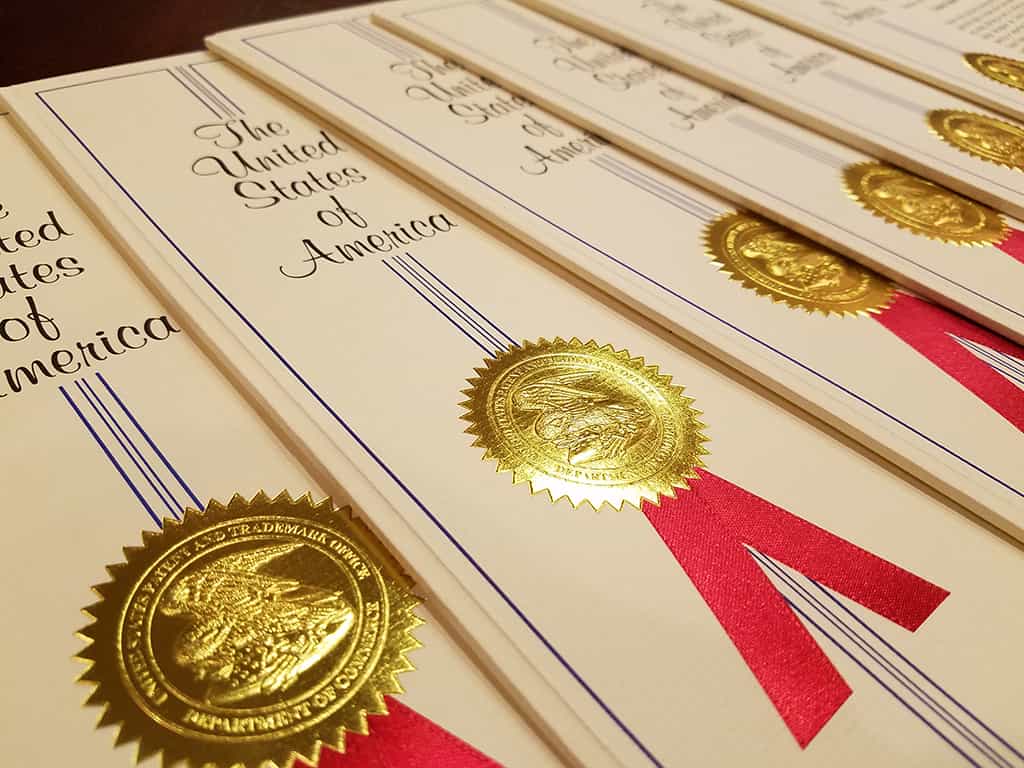To get started, click the "GET STARTED ONLINE" button above or complete
the Utility Patent Order Form and return with sketches, patent search results or copies of prior art patents, payment, and any other necessary information. Please note that RUSH utility patents typically take one-weeks to file after payment has been received, but may take longer if there is a waiting list. We will advise you of an anticipated filing date upon receipt of your order.

